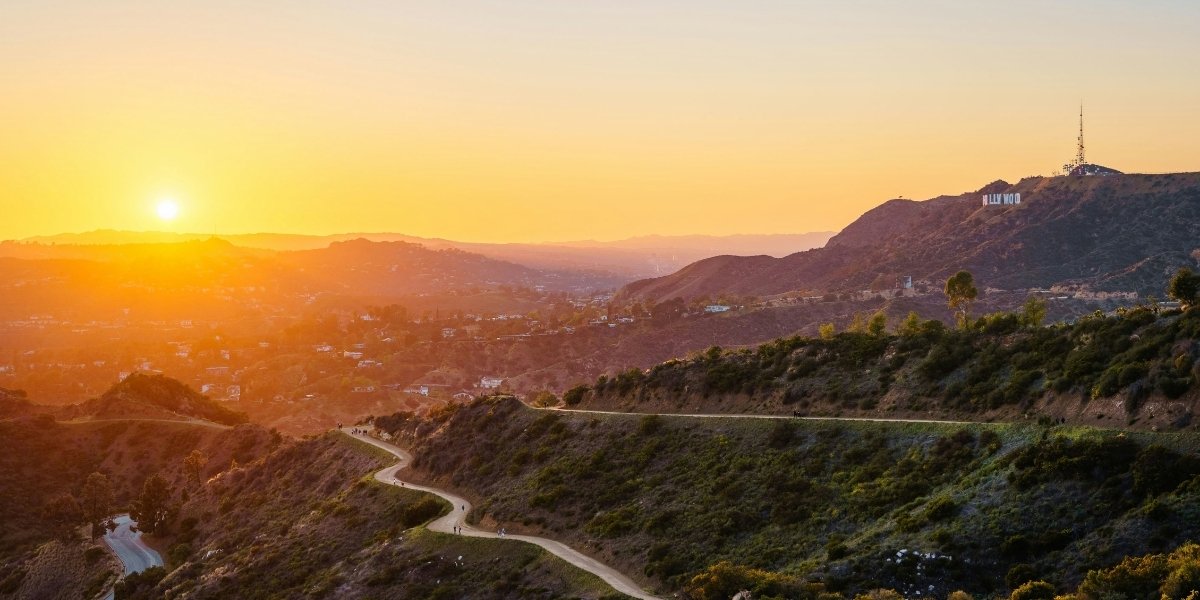Sun-drenched beaches, star-studded sidewalks, and creative energy make Los Angeles one of the world’s most visited destinations. But beyond the postcard sights, the city’s tourism and hospitality industry operates like a well-rehearsed production—equal parts glamour and grit, constantly adapting to welcome over 50 million visitors annually while serving a diverse local population.
The economic impact of tourism reverberates across LA. Before the pandemic, visitors pumped over $25 billion into the local economy annually, supporting everything from family-run taco stands to luxury boutiques. Hotels alone employ over 60,000 Angelenos in roles that often provide entry-level opportunities with growth potential. Neighborhoods like Hollywood and Santa Monica thrive on visitor spending, while lesser-known areas benefit when tours highlight their hidden murals or immigrant-owned eateries.
Iconic attractions anchor the visitor experience but tell only part of the story. The Hollywood Walk of Fame draws millions for photo ops, yet savvy travelers increasingly venture east to the Arts District’s converted warehouses or south to the cultural mashup of Leimert Park. Theme parks still dominate itineraries—Disneyland’s 100th anniversary celebrations will drive 2023 numbers—but local initiatives like “Discover the Mosaic” promote lesser-known gems, from San Pedro’s craft breweries to the San Gabriel Valley’s dumpling parlors.
Hotel trends reflect LA’s evolving identity. Historic properties like the Beverly Hills Hotel maintain their pink-and-green glamour, while downtown’s converted banks and theaters offer rooftop pools with skyline views. A surge in extended-stay properties caters to digital nomads and production crews, with rooms featuring kitchenettes and coworking spaces. Neighborhood-specific designs are flourishing—Venice Beach hotels showcase local surf culture, while Koreatown properties incorporate jimjilbang-inspired spa amenities.
The food scene has become a major tourism driver. What began as pilgrimages to celebrity chef restaurants now includes food tours through Thai Town’s 24-hour noodle shops and Oaxacan bakeries in Boyle Heights. The city’s lack of a dominant cuisine—instead offering authentic versions of dishes from over 140 countries—turns every meal into an adventure. Hotels now partner with local influencers to create guides to the best vegan tacos or secret speakeasies, recognizing that dining outranks shopping as visitors’ top activity.
Transportation challenges inspire creative solutions. Traffic nightmares have boosted demand for neighborhood-focused itineraries—spending full days in walkable areas like Larchmont Village or Abbott Kinney instead of crisscrossing the basin. The metro’s expansion (including the upcoming 2028 Olympics lines) slowly changes habits, while bike-share programs and pedestrian-friendly redesigns make areas like downtown more navigable. Tour operators now offer electric tuk-tuk tours and hiking transit combos that skip rental car headaches.
Cultural tourism has matured beyond celebrity homes. Museums like the Academy Museum of Motion Pictures and the Broad draw art lovers, while community-based experiences—learning son jarocho music in East LA or joining a Japanese tea ceremony in Little Tokyo—provide meaningful connections. The African American Firefighter Museum and Chinese American Museum correct historical omissions, sharing stories that once stayed local. Even the ubiquitous studio tours now emphasize backlot sustainability initiatives and diversity in casting.
Event tourism creates year-round peaks. Beyond awards season, conventions like E3 (gaming) and LA Auto Show fill hotels, while cultural festivals—from Día de los Muertos processions to Pride weekend—attract domestic travelers. The 2028 Olympics loom large, with infrastructure upgrades and hospitality training programs already underway. Smaller-scale happenings matter too: neighborhood jazz nights, independent film premieres, and even the timed blooms of the Huntington Library’s gardens generate visitor buzz.
Sustainability efforts are reshaping operations. Hotels eliminate single-use plastics and install EV chargers, while restaurants highlight hyperlocal ingredients like Watts-grown kale. The LA Tourism Board certifies eco-friendly operators, and voluntourism programs let visitors plant trees in fire-damaged parks. Challenges remain—like balancing pool-filled resorts with drought awareness—but the industry increasingly markets LA’s natural assets (hiking trails, urban wildlife) alongside its manufactured ones.
The post-pandemic landscape brought lasting changes. Leisure travel rebounded faster than business conferences, pushing hotels to create Instagram-worthy spaces. Short-term rentals face new regulations in residential areas, redirecting visitors to commercial corridors. Workers retrained during shutdowns now demand better wages and benefits, slowing the hiring rebound. Yet LA’s enduring appeal—perfect weather, creative energy, and cinematic familiarity—keeps its place on bucket lists worldwide.
Looking ahead, technology integration will personalize visits. AI concierges could suggest Little Armenia bakeries based on a traveler’s breakfast preferences, while augmented reality might overlay historic photos onto downtown streetscapes. But the human touch remains vital—valets remembering returning guests’ names, bartenders explaining the story behind a locally distilled gin.
Los Angeles doesn’t just host visitors; it absorbs their energy while sharing its own. From the studio grip who moonlights as a tour guide to the immigrant family running a tourist-beloved taco stand, the city’s hospitality industry thrives on this exchange. The best LA trips don’t just check off sights—they let travelers temporarily live like locals, discovering that the city’s real magic lies in its vibrant, messy, ever-changing neighborhoods. And for an industry built on dreams, that authentic connection may become its most valuable commodity yet.





